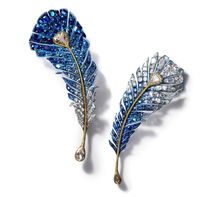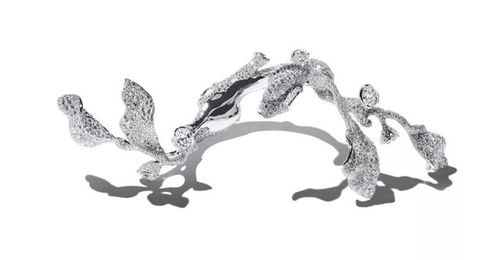Introduction: Tea fish, also known as black carp, have become increasingly popular among anglers for their unique appearance and fighting spirit. With their distinct black and white colors, these fascinating creatures have captured the hearts of many fishers. However, mastering the art of tea fish fishing requires some specific techniques and knowledge. In this article, we will explore the various tips and tricks to help you become a tea fish fishing expert.
Understanding Tea Fish Behavior: Before diving into the fishing techniques, it's essential to understand the behavior of tea fish. These fish are known for their voracious appetite and strong fighting nature. They prefer cool, well-oxygenated water and are often found in deep pools or near the bottom of a river or lake. Knowing their habits will help you choose the right spot and lure for successful fishing.
Choosing the Right Equipment: To catch tea fish effectively, you'll need the following equipment:
a. Rod and Reel: Opt for a medium to heavy-duty rod with a fast-action tip for better sensitivity. A spinning reel with a good drag system is recommended to handle the strong fighting power of tea fish.
b. Line: Use a monofilament line with a thickness ranging from 10 to 20 pounds, depending on the size of the fish and the water conditions. Ensure the line is strong enough to handle the fish's powerful strikes and resistance.
c. Lures and Baits: Tea fish are attracted to a variety of lures and baits. Live bait such as earthworms, leeches, and crickets are highly effective. Artificial lures like spinnerbaits, crankbaits, and rubber worms also work well.
Locating Tea Fish: To increase your chances of catching tea fish, focus on the following areas:
a. Deep Pools: Tea fish often seek shelter in deep pools, where they can find protection from predators and cooler water. Look for areas with rocks, logs, or other structures that provide cover.
b. River Edges: Tea fish are frequently found near river edges, where they can forage for food. Look for areas with strong currents or areas where the river narrows.
c. Weed Beds: Tea fish are attracted to weed beds, where they can find food and shelter. Target these areas during low-light conditions, as tea fish are more active during these times.
Presenting the Lure or Bait: Once you have located tea fish, it's time to present your lure or bait effectively. Here are some tips:
a. Cast with Precision: When casting, ensure you accurately place your lure or bait in the tea fish's feeding area. This increases your chances of triggering a strike.
b. Vary Your retrieves: Tea fish are attracted to erratic movements. Vary your retrieves by changing speed, direction, and depth to mimic natural prey. Experiment with different retrieves until you find the one that works best.
c. Pay Attention to the Line: Tea fish are notorious for their powerful strikes and strong runs. Keep a tight line, but avoid being too aggressive. Allow the fish to take the bait without applying too much pressure.
Fighting and Landing Tea Fish: Once a tea fish strikes, it's time to put on your fighting gloves. Here are some tips for landing a tea fish successfully:
a. Use a Landing Net: Tea fish are large and strong, making it challenging to land them with your hands. Use a landing net to help you scoop the fish out of the water safely.
b. Be Patient: Tea fish are known for their strong fighting spirit. Give yourself time to exhaust the fish by applying steady pressure without yanking too hard.

c. Release the Fish Responsibly: Once you have landed the tea fish, release it back into the water gently. Ensure the fish has a chance to recover before it swims away.
Conclusion: Tea fish fishing requires patience, practice, and the right techniques. By understanding the behavior of tea fish, choosing the appropriate equipment, and mastering the art of lure presentation and landing, you can increase your chances of catching these magnificent creatures. Remember to always practice responsible fishing and release the fish back into the water safely. Happy fishing!












